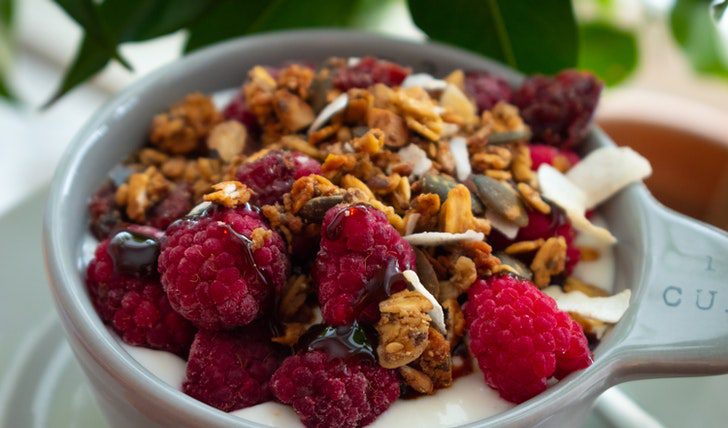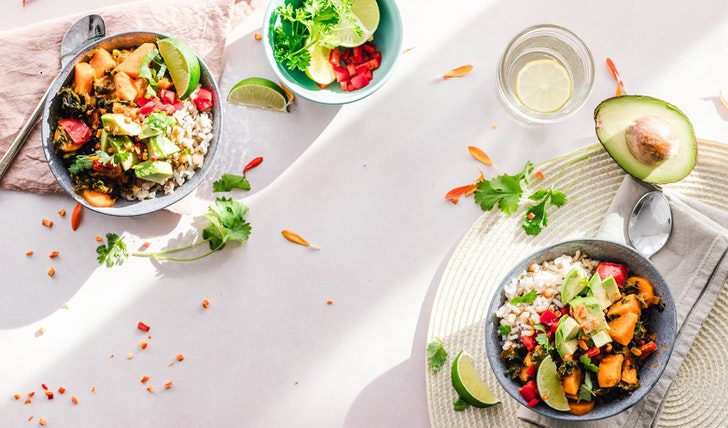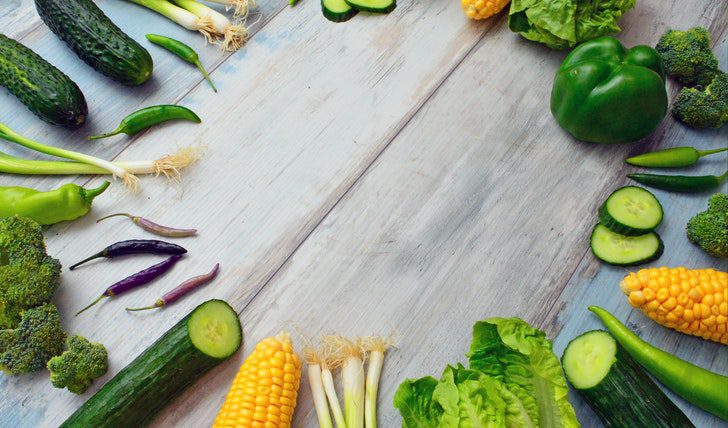“Many people only eat half the amount of fiber they need” – Kelley Monahan, wellness associate. Fibers are unsung heroes in our diet. Many of us are still unaware of it and its benefits. Many common diseases are caused by lack of fiber, and we blame other factors and ignore fiber. The daily requirement for fiber for an adult is 21 to 38 grams. Generally speaking, the majority of us lack fiber in our diet. Let’s dive deep into the world of fibers and analyze how inevitable fiber is in our diet:

What is Fiber?
In the category of essential chemical compounds, fiber falls into the family of carbohydrates. Grains and their products are the main sources of fiber.
There are two major types of fiber:
- Soluble fiber: It gets dissolved in blood sugar.
- Insoluble fiber: It doesn’t get dissolved into water, and it cures constipation.
What diseases does a fiber-rich diet cure?
According to Monahan, “This essential nutrient contributes to health and wellness in many ways,” and “Fiber protects against heart diseases, type 2 diabetes, colon cancer, and diverticulitis.”
Advantages Of A Fiber-rich Diet

Adding fiber into your meal can literally change your life. Its hidden benefits are jaw-dropping. Let’s devour:
-
Cure of Constipation:
Fiber is probably the only (and well-known) cure for constipation. Here you have to keep a balance between taking so much fiber and too little of it. Excessive fiber can cause diarrhea, and inadequate fiber leads to constipation.
-
Kicks Out Cholesterol:
Fiber bypasses cholesterol out of your body instead of your veins. Excessive cholesterol in the veins is lethal, causing the risk of cardiac diseases. Fiber helps here.
-
Helps You Lose Weight:
Fiber helps you to get lightweight. It may not make you slim overnight, but for sure, it works slowly and steadily.
-
Regulates Blood Sugar:
Crave for sweets but afraid of diabetes? Good news for you! Eat sweats, but never forget to add fiber to make blood sugar within an optimal range.
Where to buy fiber?
You don’t need to buy fiber, but add foods to the list which are rich in it. Here are most of them:

Befriending Whole Grains:
Be it barley, brown rice, oats, and so on. All of them are a total household, but we didn’t know that they were full of fiber, but now we know!
Fiber-rich Morning Meal:
Breakfast is the time we crave something soft and healthy to eat. Why not something fibery? Try starting your day with oatmeal or tomato-lentil salad.
Raw Foods:
Foods that undergo the refining process lose most of their might. Whole foods are rich in fiber. Buy food from the grocery store by yourself. Avoid buying packaged foods. They are fluffy, not nutritional.
Cast Supplements:
If you need an urgent dose of fiber, consider adding some fiber supplements. They are easily available in the market and can be taken with water, etc.
Water:
According to Monahan, “Fiber works best when it absorbs water.” The water-fiber duo is real magic. Water is useful without fiber, but fiber without water is nothing. Water helps it – a lot.
